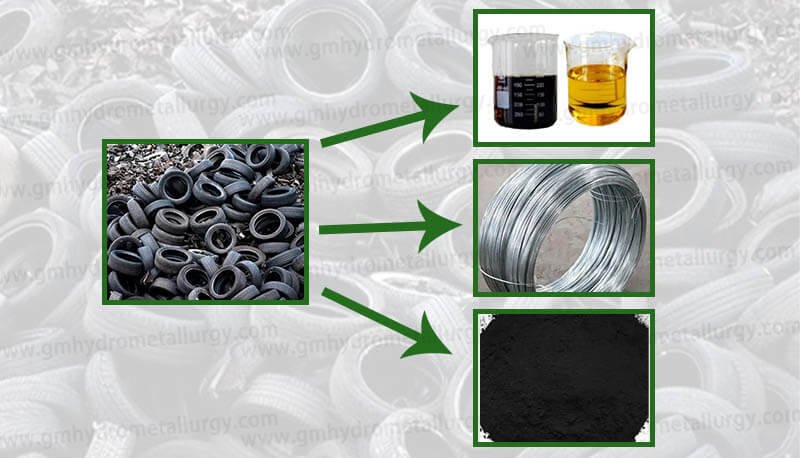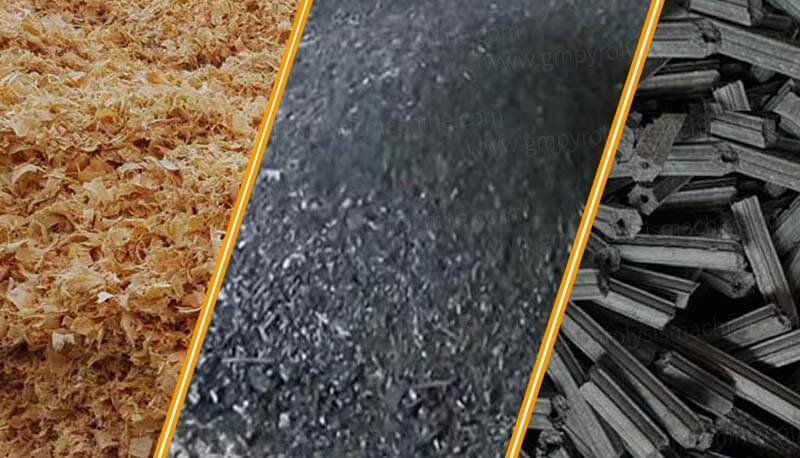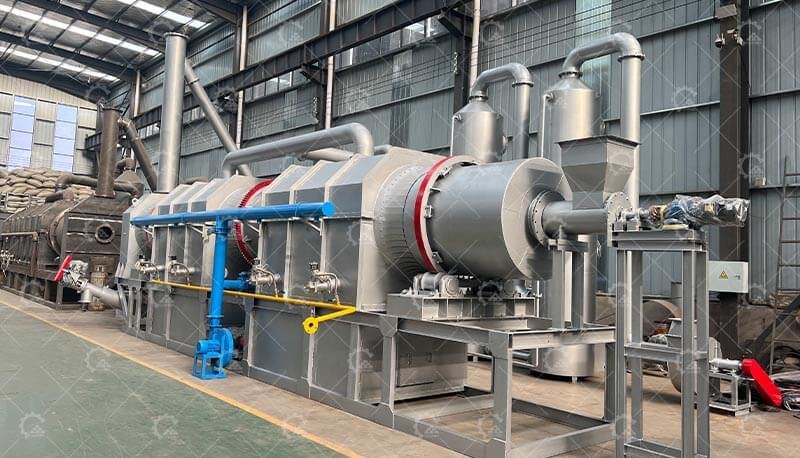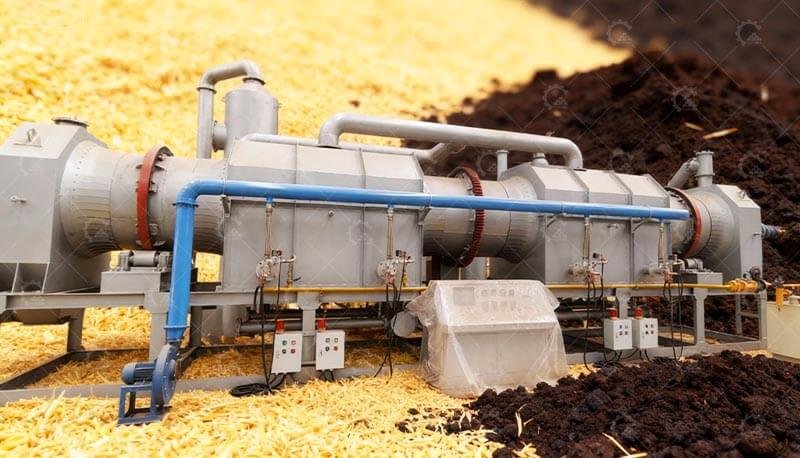When searching for a carbonization pyrolysis machine cost, buyers often want a straightforward answer. However, the price of these machines varies widely depending on factors like raw material type, daily processing capacity, and the desired end product.
1. Raw Materials: The Foundation of Pyrolysis Machine Costs
The type of waste you process directly impacts the cost of a carbonization pyrolysis machine. These systems handle diverse feedstocks, including:
Biomass: Coconut shells, rice husks, wood chips.
Plastic waste: Mixed plastics, PP/PE films.
Rubber: Waste tires, conveyor belts.
Sludge: Municipal or industrial sludge.
Machines designed for high-moisture or complex materials (e.g., tires) require advanced preprocessing systems, increasing the pyrolysis plant price. For example, a tire pyrolysis plant often includes shredders and steel separators, adding $15,000–$50,000 to the base cost.
2. Daily Processing Capacity: Balancing Output and Budget
Carbonization pyrolysis systems range from small-scale (100–500 kg/day) to industrial-level (20–50 tons/day). Here’s a rough pyrolysis machine price breakdown:
Small-scale (1–5 tons/day): $30,000–$80,000.
Mid-scale (5–15 tons/day): $90,000–$200,000.
Large-scale (15–50 tons/day): $250,000–$600,000+.
Higher-capacity machines use reinforced reactors, automated feeders, and energy-efficient condensers, justifying their cost through long-term ROI.
3. End Products: Quality Dictates Technology (and Price)
Your target product—biochar, pyrolysis oil, or syngas—affects the carbonization machine cost:
Biochar production: Simpler systems with basic cooling and collection units ($30,000–$150,000).
High-purity oil/syngas: Requires advanced condensation, purification, and storage systems ($200,000+).
For example, a continuous waste plastic pyrolysis plant producing fuel oil may cost $280,000 but generates higher revenue than batch-type units.
4. Automation Level: Labor vs. Upfront Investment
Semi-automatic machines (manual feeding/discharging) are cheaper ($30,000–$120,000) but require more labor. Fully automatic systems with PLC controls cost 20–40% more but reduce operational costs and improve safety.
5. Heating Methods: Energy Efficiency Matters
Direct heating: Lower upfront cost ($30,000–$100,000) but higher fuel consumption.
Indirect heating: Uses 30% less energy, ideal for large-scale projects ($150,000+).
How to Get an Accurate Carbonization Pyrolysis Machine Quote
To receive a tailored price, prepare these details:
1. Raw material type and moisture content.
2. Daily processing capacity (e.g., 10 tons/day).
3. Target products (oil, char, or gas).
4. Preferred automation level (semi-/fully automatic).
Reputable manufacturers customize systems based on these factors, ensuring optimal ROI.
By addressing these variables, buyers can make informed decisions and invest in pyrolysis technology that aligns with their operational and budgetary goals. For a precise quote, contact suppliers with your project specifications today.







